The Cham people have been living in the land of Vietnam for a very long time. For tourists who love traveling to Vietnam, the image of Cham people is quite familiar because they have appeared in the most famous tourist destinations in Vietnam such as the Cham Sculpture Museum in Da Nang, My Son Sanctuary - one of the famous temples, and pagodas in Hoi An, Hoi An Sa Huynh Museum, and especially An Giang.
The Cham people of An Giang originate from the South Central region, they still try to preserve and promote an extremely unique culture that makes countless tourists when traveling to An Giang want to visit them.
1. An Introduction To the Cham People of An Giang
Coming to An Giang, perhaps people will pay attention to the scenic spots of An Giang but forget that there is an ancient and interesting culture here, which could be very attractive to tourists who love Vietnam's diverse culture. It is called the Cham Culture in An Giang. The culture was born with the settlement of the Cham people in An Giang and now about 17 thousand Cham people are living here.
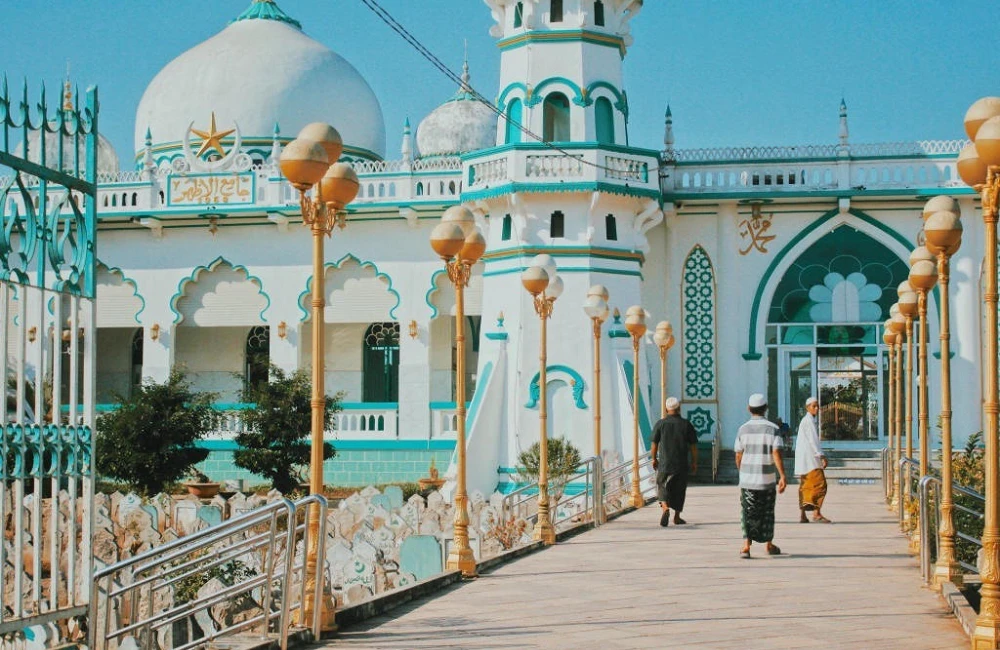
Currently, An Giang Cham people are distributed in 9 Cham villages in 9 communes and wards in the province. The Cham people here originate from the South Central region, more specifically in Ninh Thuan and Binh Thuan. Their villages are spread along both banks and branches of the Hau River.
2. Discover the Life of the Cham people in An Giang
2.1 Occupations
Cham people in An Giang live mainly by fishing, trading goods, and trading with Cambodians. Although life is still quite difficult, everyone here is very gentle and honest, always trying to work hard to have a better life.
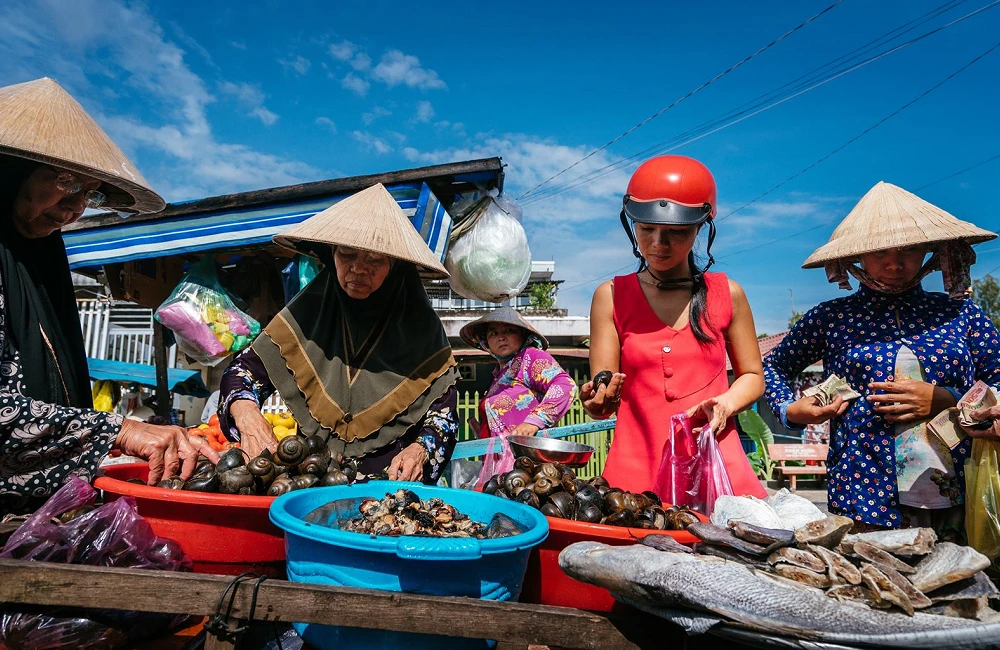
Besides, brocade weaving of the Cham people in An Giang is also a profession with a long tradition and great importance no less than brocade weaving in Sapa or indigo dyeing in Da Bac, a typical cultural feature of the people. Since a long time ago, there has always been at least one loom in every small house of the Cham people. Over time, many people changed to other jobs but brocade weaving is still preserved as a legacy.
2.2 Religion
Islam is the only religion of the Cham people in An Giang. They worship God Allah as the only supreme being and will not worship any other gods or Buddhas.
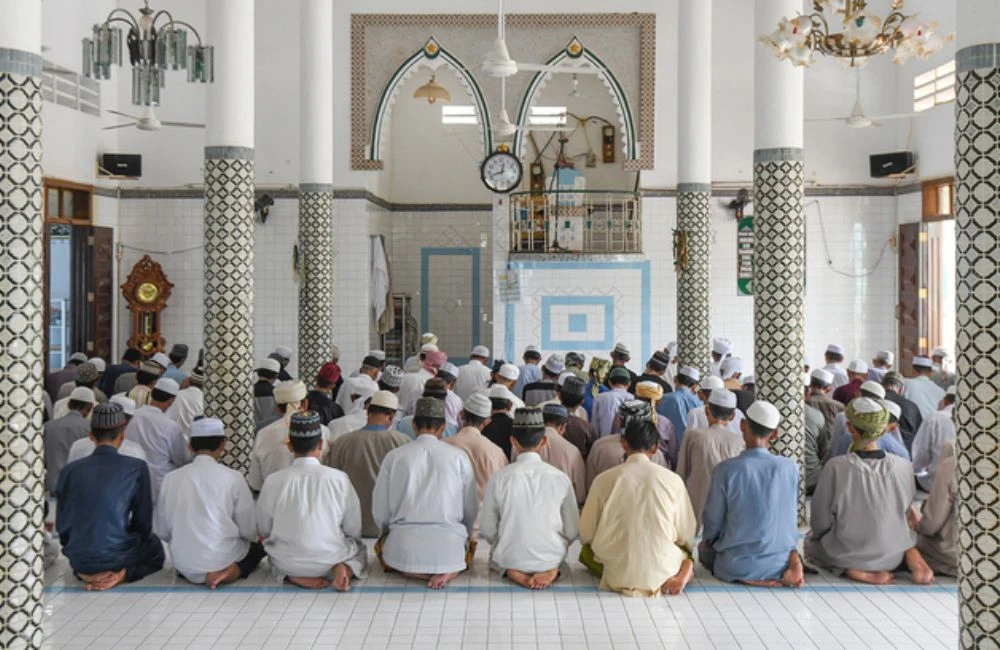
The Holy Quran is a book containing the teachings of God Allah. They are believed by the Cham people that if they listen and practice those teachings, miracles will happen and so they always do exactly what Allah has commanded.
2.3 Traditional Costume
For men, the costume will include a sarong and a hat. On festive occasions, they will wear traditional thawb clothes.

Women will wear long dresses, cover their faces, and wrap mantra scarves over their heads. The mantra scarf is likened to the image of a Vietnamese conical hat, which represents the gentleness, femininity, soulfulness, and diligence of Cham women. In particular, women must dress discreetly and not wear tight clothes. When wearing a scarf to cover their head, they need to be careful not to reveal even just a strand of hair.
2.4 Language
Since ancient times, the Cham people everywhere have had their language and writing. The Cham people of An Giang always create the best possible conditions to preserve and promote their unique culture.
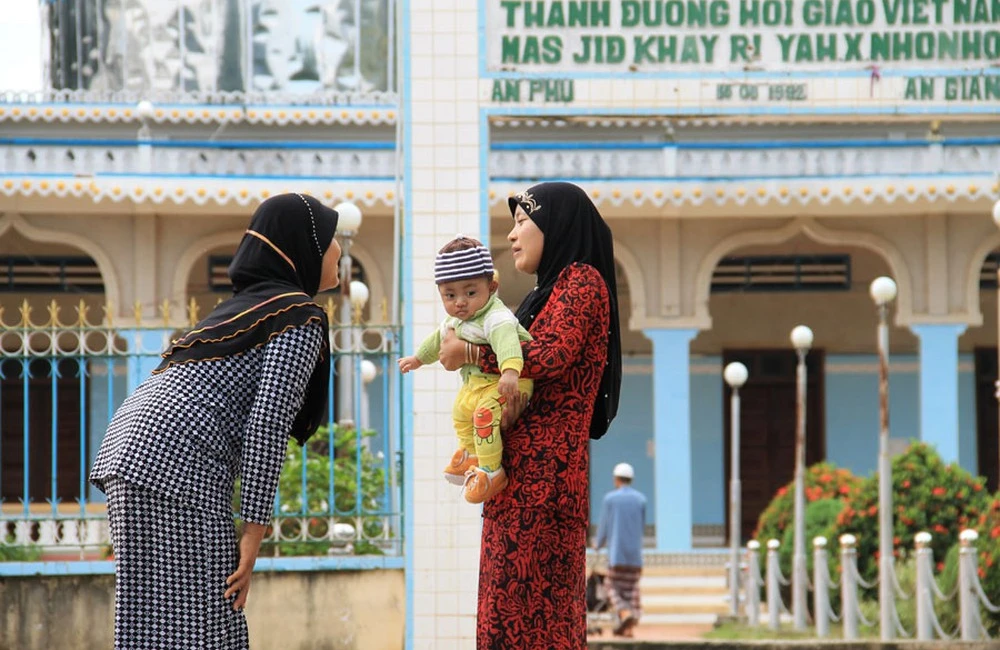
Currently, all mosques open classes to teach the Holy Quran, including both the spoken and written language. People and children are always encouraged to participate in these classes to deepen their understanding and love of the cultural features. According to Mr. Haji Abdol Hamide, Archdeacon of Jamiul Azhar Mosque, Chau Giang hamlet, Chau Phong commune:
In the immediate situation, Cham People in An Giang want to help children learn the Quran, know how to perform rituals, so that they will be responsible for keeping the Cham ethnic cultural identity, tradition, language,... in the future.
3. Festivals of Cham people in An Giang
If you have explored all the interesting places in An Giang such as Tra Su forest, Long Xuyen Floating Market, or Chau Doc, and want to change the atmosphere, find something hectic, then try immersing yourself in festivals of Cham people in An Giang.

They hold 3 major ceremonies every year:
- Eid Ahda (also known as the Feast of Sacrifice) is on the 10th, 11th, and 12th day of the 12th month according to the Islamic calendar. Muslims celebrate this holiday together to remember and honor Prophet Ibrahim with best wishes.
- Ramadhan, also known as the fasting month of Ramadan (Ramadan is the name of the 9th month of the Arabic lunar calendar), this holiday lasts from September 1 to September 30 according to the Islamic calendar. During the month of this holiday, Muslims (except those who are sick, pregnant women, and children under 5) strictly follow the regulations: do not eat, do not drink, and do not smoke from sunrise to sunset. After the end of the fasting month of Ramadan, the Cham people of An Giang will hold a ceremony to mark the end of the month called Eid Fitri.
- The celebration of the birth of Prophet Muhammad (Mohamed) takes place on March 12 according to the Muslim calendar. Although it is said to be a birthday celebration, the ceremony is not a birthday party. During this ceremony, dignitaries from all Mosques will read Muhammad's biography so that future younger generations will never forget. Next, they will pray for peace and blessings for Him.
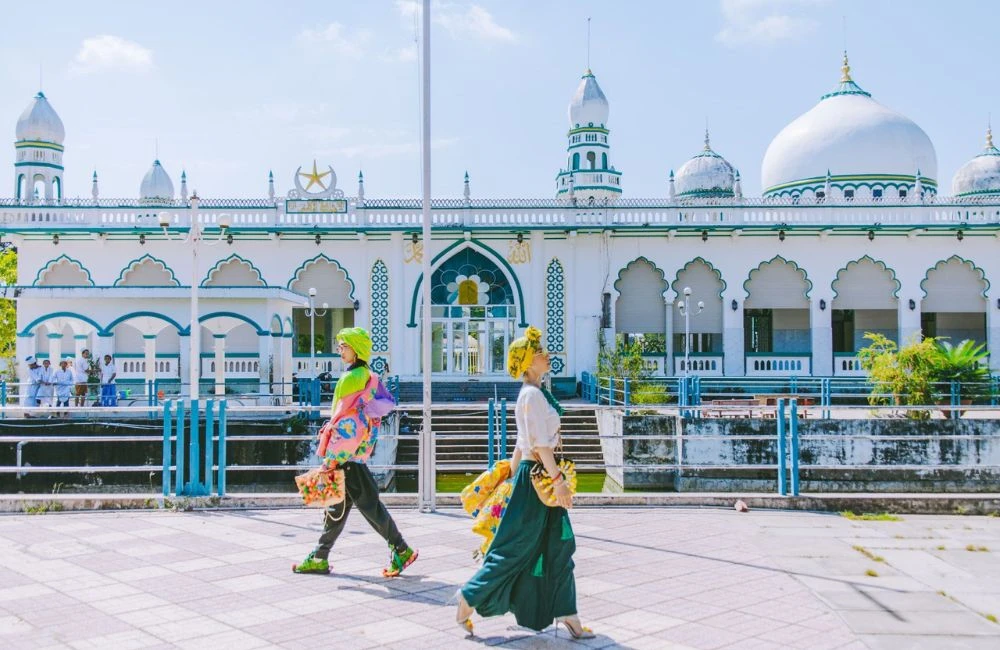
Culturally, Vietnam is like a beautiful picture made up of 54 puzzle pieces symbolizing the unique cultures of 54 Vietnamese ethnic groups, typically the ethnic minority groups in Ha Giang, the San Chi ethnic group, the ethnic groups in Mu Cang Chai, the Dzao people in Mau Son, etc. and the culture of the Cham people in An Giang is also an indispensable piece to create such beauty of the Vietnamese cultural picture.
For tourists who are passionate about scenic tours with unique cultural elements, IZITour has also prepared a collection of culture and heritage tours for you to refer to.
See more related articles:
>> Floating water season in An Giang
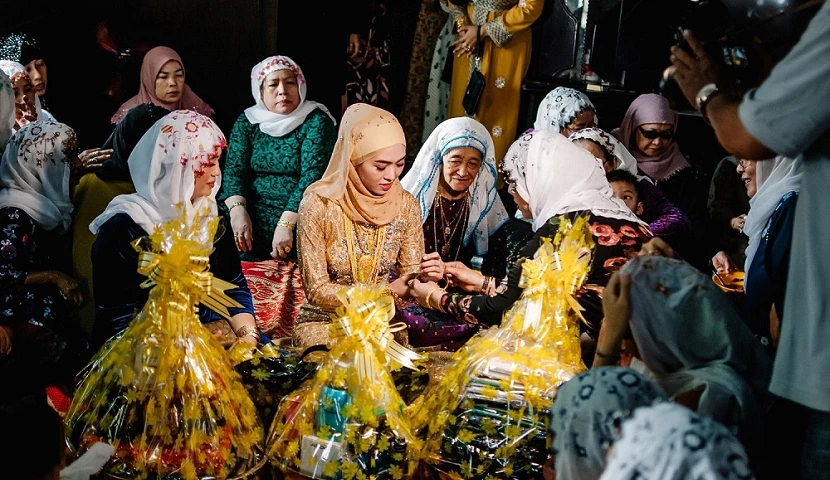








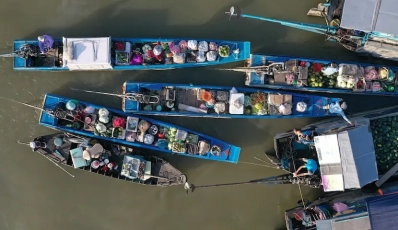
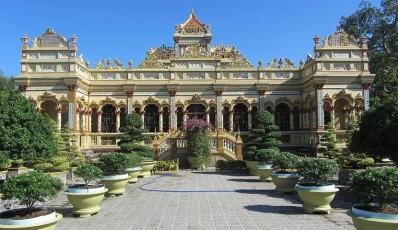
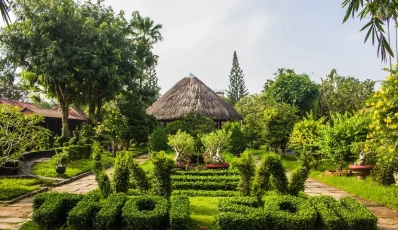

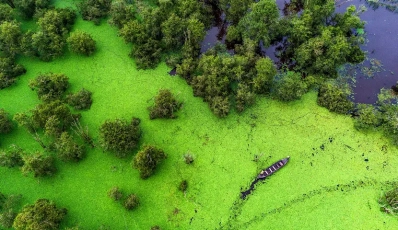
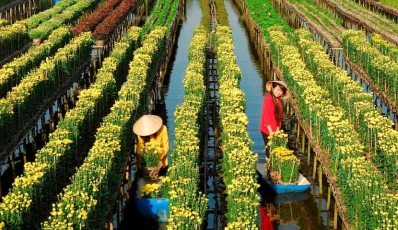
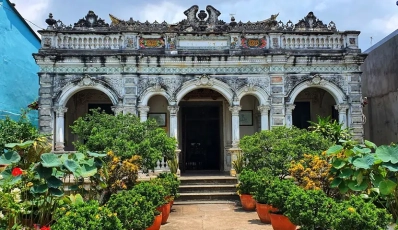





 TRAVELERS' CHOICE 2025
TRAVELERS' CHOICE 2025 


